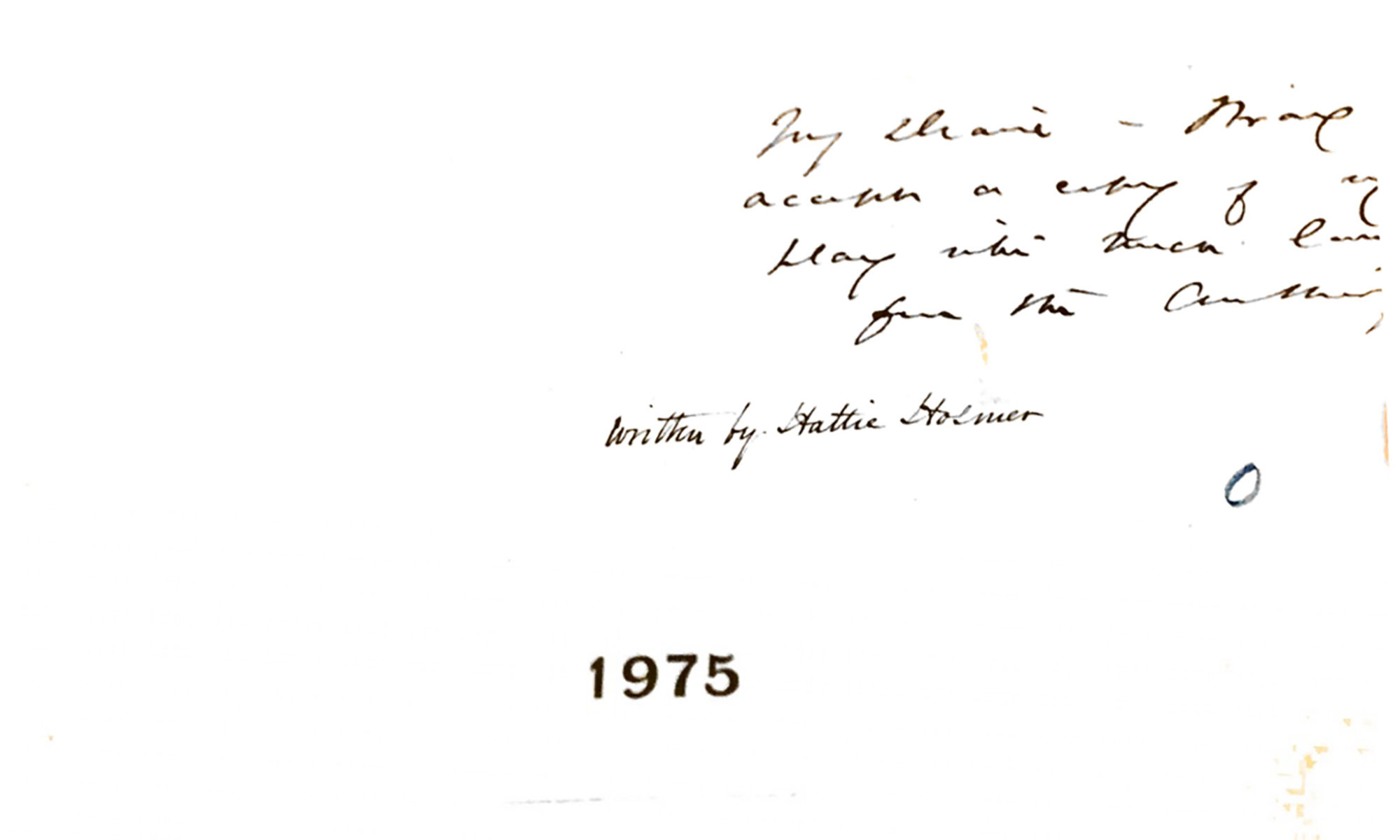A cinerary urn is a funeral urn, for holding ashes after cremation.
cousin Amelia
Naming the female president Amelia may be a nod to Amelia Bloomer (1818-1894), a suffragist and advocate for dress reform. Bloomer argued women should wear pantaloons, eventually called bloomers after her, as restrictive clothing for women was unhealthy. Hosmer wore bloomer-like pants in her studio. (Norwood). (Image “Miss Amelia E. Bloomer.”)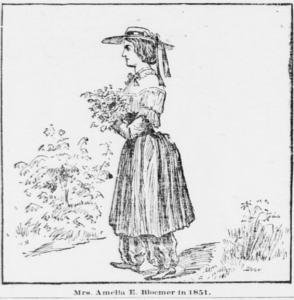
Crystal Palace
The Crystal Palace, an enormous glass and iron hall designed by Sir Joseph Paxton, housed the 1851 Great Exhibition in Hyde Park. After the exhibition, organized to promote British industry, the palace was moved to Penge Place; it burned down in 1936. (Crystal Palace). (Image: Stannard & Dixon).
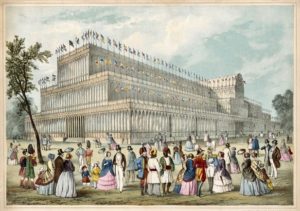
Cuban question
The great Cuban question refers to the Cuban revolution against Spain that took place from 1868 to 1878, eventually known as the Ten Years’ War. While ultimately unsuccessful, due in part to competing agendas among its leaders, the decade-long rebellion laid the groundwork for future resistance to Spain. While the United States did not officially recognize the revolutionary government, revolutionaries did a great deal of fundraising in the United States. Cuba gained its independence in 1898, after the Spanish-American War (“1868-1878: Ten Years’ War”). (Image: de Quesada).
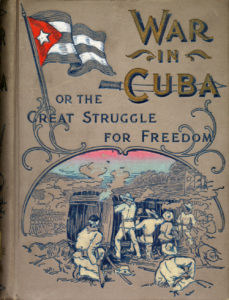
Darwinia
Charles Darwin had published On Origin of the Species in 1859 (Fuller). 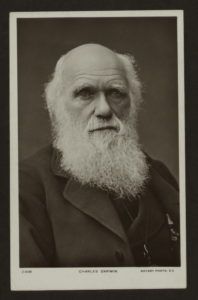
Gamp
Sarah Gamp, known as Sairy, is the drunken nurse and midwife in Charles Dickens’ novel Martin Chuzzelwit, first serialised from 1842 through 1844 by Hablot K. “Phiz” Browne. Gamp regularly refers to Harris, a woman, while going about her duties, but no one else has ever met her. Dickens explains, “the prevalent opinion was that she was a phantom of Mrs Gamp’s brain–as Messrs. Doe and Roe are fictions of the law–created for the express purpose of holding visionary dialogues with her on all manner of subjects, and invariably winding up with a compliment to the excellence of her nature.” (Allingham; Hawes). (Image: Tuck).
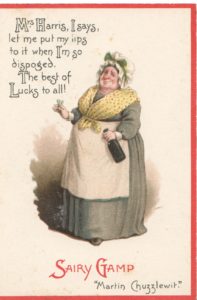
Gladstone
William Ewart Gladstone (1809-1898) served at the Prime Minister as a Liberal four times during Queen Victoria’s reign. His first term ended in 1874, the year he passionately opposed the Papal declaration on infallibility and the year before Hosmer wrote the play. (“William Ewert Gladstone”; Wohl). (Image: Millais).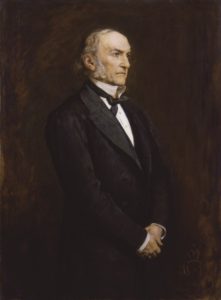
Harris
Sarah Gamp, known as Sairy, is the drunken nurse and midwife in Charles Dickens’ novel Martin Chuzzelwit, first serialised from 1842 through 1844 by Hablot K. “Phiz” Browne. Gamp regularly refers to Harris, a woman, while going about her duties, but no one else has ever met her. Dickens explains, “the prevalent opinion was that she was a phantom of Mrs Gamp’s brain–as Messrs. Doe and Roe are fictions of the law–created for the express purpose of holding visionary dialogues with her on all manner of subjects, and invariably winding up with a compliment to the excellence of her nature.” (Hawes). (Image: Dickens Characters)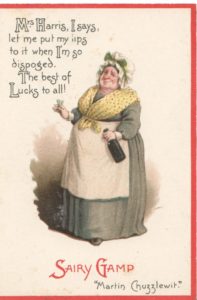
Kilkenny cats
The phrase Kilkenny cats refers to anyone fighting to the end, evolving from stories of cats who fight until only their tails remain. (“Kilkenny cat”). (Image: Doyle). 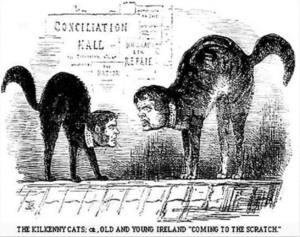
left them fighting
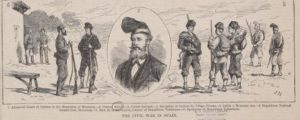 The Third Carlist War (1873-1876) was the final stage of four decades of conflicts that divided Spain. The A succession crisis following the ascension of Isabella II to the throne following the death of her father, Ferdinand VII, spurred the wars. The Carlists, named after Ferdinand’s brother Carlos, wanted a return to local rule and opposed the reforms instituted by the Liberals, who wanted to move the country in more secular direction with a strong central government. The Liberals emerged victorious in 1876 (Holt.) (Image: The Civil War in Spain)
The Third Carlist War (1873-1876) was the final stage of four decades of conflicts that divided Spain. The A succession crisis following the ascension of Isabella II to the throne following the death of her father, Ferdinand VII, spurred the wars. The Carlists, named after Ferdinand’s brother Carlos, wanted a return to local rule and opposed the reforms instituted by the Liberals, who wanted to move the country in more secular direction with a strong central government. The Liberals emerged victorious in 1876 (Holt.) (Image: The Civil War in Spain)
